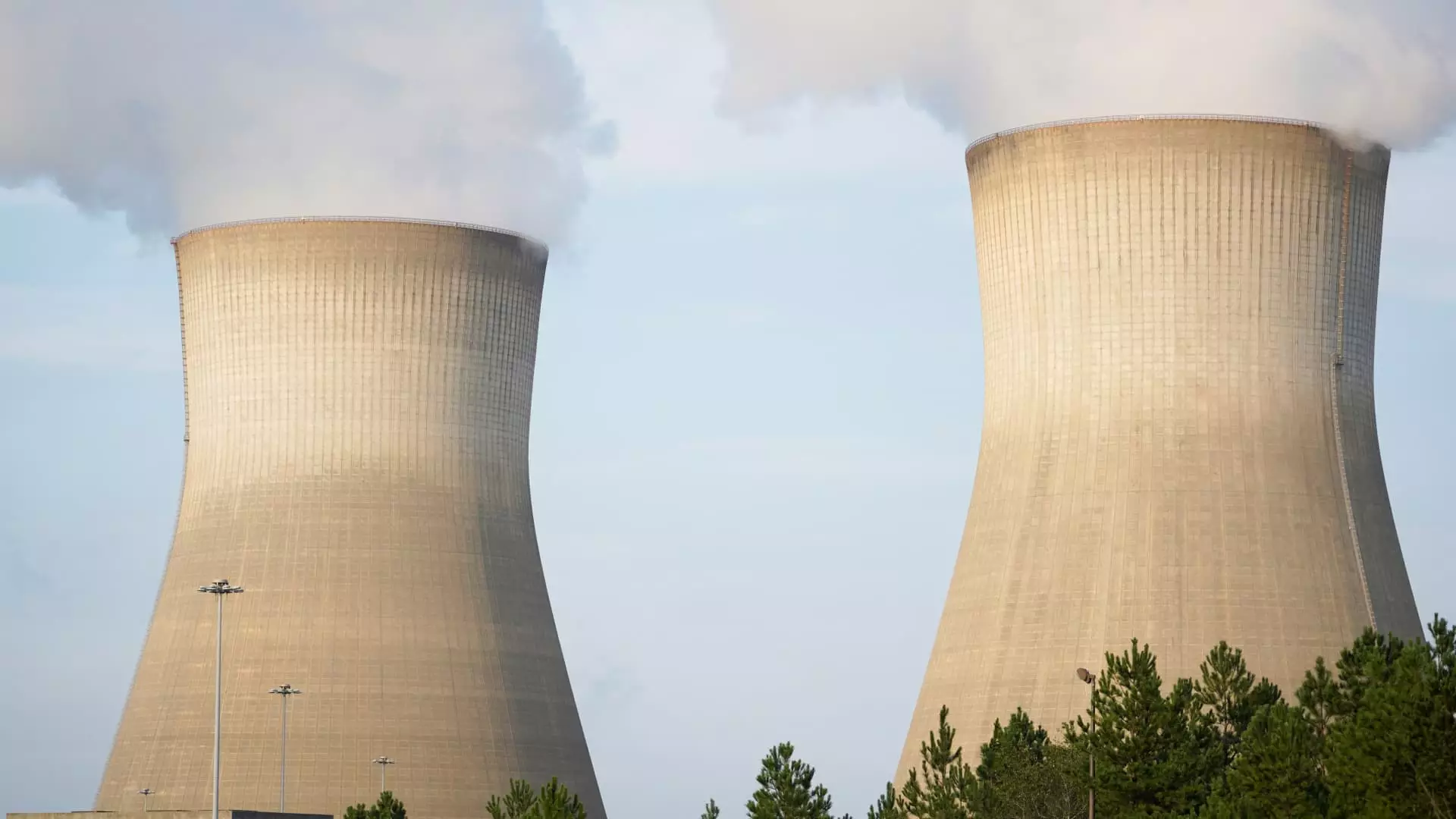In an electrifying turn of events, President Donald Trump’s recent executive orders have heralded a newfound optimism in the nuclear power sector. With an emphatic focus on overhauling the Nuclear Regulatory Commission (NRC) and accelerating the deployment of cutting-edge small reactors, Trump has taken substantial steps that signal a promising future for this often-misunderstood energy source. Stocks in leading reactor companies surged dramatically; Oklo and NuScale, for instance, skyrocketed by over 27% and 18%, respectively. It seems clear that Trump’s administration is keen to leave an indelible mark on America’s nuclear landscape.
Small Reactors, Big Vision
Trump’s discourse during the executive order signing revealed a nuanced understanding of the industry’s potential. He placed a spotlight on small modular reactors (SMRs), which many experts hail as the future of nuclear energy. The premise is compelling—these smaller units not only promise efficiency and cost-effectiveness, they also mitigate risks often associated with larger plants. Yet, Trump’s insistence on concurrently pursuing “the very, very big, the biggest” plants raises eyebrows about his administration’s approach to energy diversification. While it is essential to explore all avenues, the volatility associated with large facilities may outweigh their perceived benefits.
A Regulatory Overhaul for Streamlined Progress
The time frames set by Trump’s orders place unprecedented pressure on the NRC, mandating decisions on nuclear license applications within an 18-month window. While the urgency may catalyze innovation, it also incurs risks—namely, potential lapses in safety protocols that cannot be overlooked in such a heavily scrutinized sector. The energy landscape demands a delicate balance of efficiency and safety, particularly when the stakes involve public health and environmental sustainability. We must ask ourselves whether such a rapid regulatory shift can genuinely maintain this equilibrium.
Irresistible Economic Potential
Economic interests are inevitably intertwined with these developments. With Constellation Energy—the largest U.S. nuclear operator—seeing a stock uptick of over 2%, it demonstrates investor confidence that accompanies these policy changes. Not to mention Cameco Corp., a giant in uranium mining, enjoying a more than 10% rise. This palpable enthusiasm suggests that both investors and corporate leaders see a robust market beginning to unfurl, hinting at a renaissance for America’s nuclear industry. Such optimism is refreshing; however, one must ponder whether these financial motivations can align with broader societal benefits, particularly concerning sustainable energy practices.
An Opportunity to Reclaim U.S. Uranium Production
Another focal point of Trump’s policies is the revitalization of uranium mining within U.S. borders. Coupled with initiatives to expand uranium enrichment capabilities, the plan aims to enhance energy independence while diminishing reliance on foreign sources. While its strategic importance cannot be overstated, we must scrutinize the environmental implications accompanying domestic mining endeavors. An energy-independent U.S. is a laudable goal, but it should never come at the expense of ecological stewardship. The ideal path forward must embrace sustainable practices that foster both national interests and environmental health.
Trump’s executive orders mark a determined pivot towards a revitalized nuclear power sector that could redefine America’s energy framework. If executed judiciously, these initiatives may well illuminate a sustainable path that balances economic growth, energy independence, and environmental responsibility.

